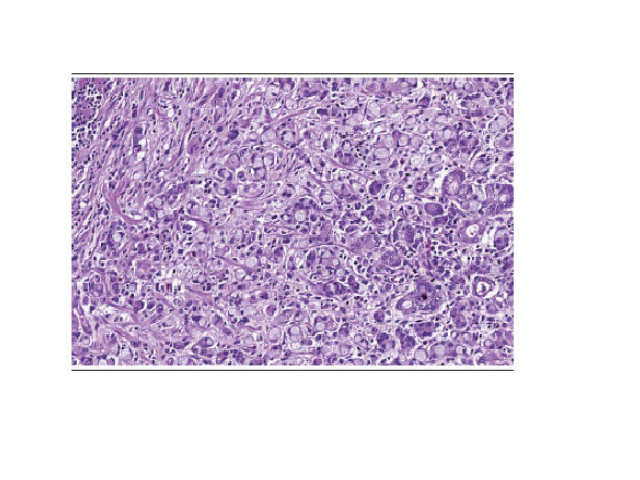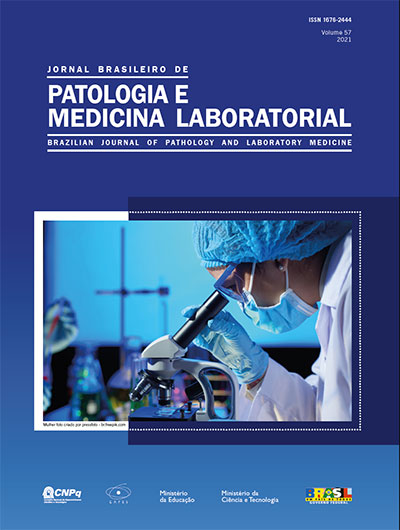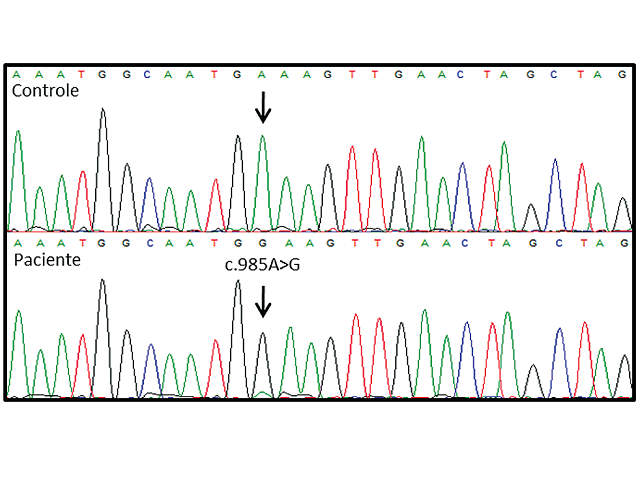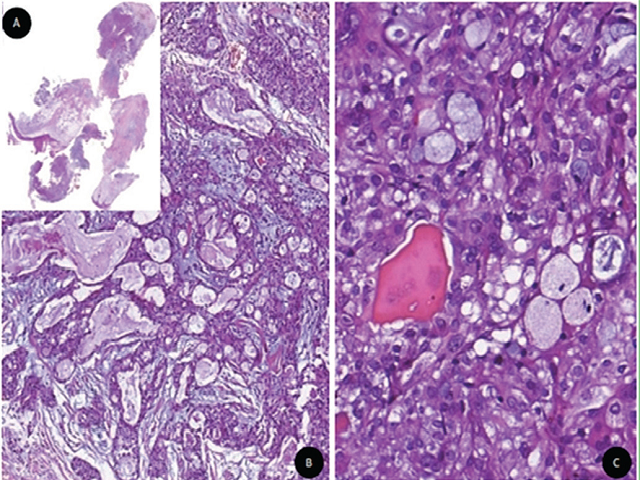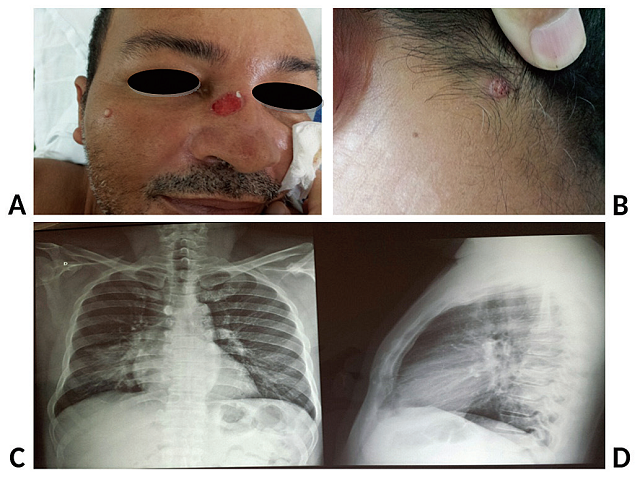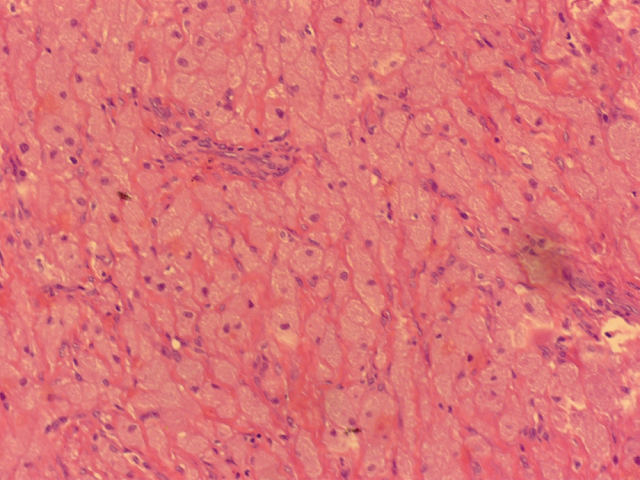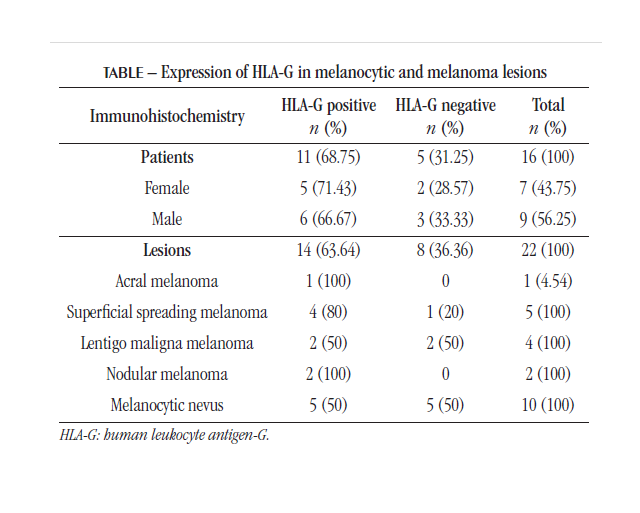Multi-categorical classification using deep learning applied to the diagnosis of gastric cancer
Jonas Kloeckner; Tatiana K. Sansonowicz; Áttila L. Rodrigues; Tatiana W. N. NunesJ. Bras. Patol. Med. Lab. 2020;56(1):1-8DOI: 10.5935/1676-2444.20200013 ABSTRACT INTRODUCTION: Pathologists currently face a substantial increase in workload and complexity of their diagnosis work on different types of cancer. This is due to the increased incidence and detection of neoplasms, associated with diagnostic subspecialization and the […]

